Long before they were united in hyphenated bliss in 1926, Daimler and Benz had become two of the greatest names in motordom. The roots of both companies extended back into the 19th century; their founders were present at the very beginnings of the automobile. Gottlieb Daimler (1834-1900) was a pioneering inventor and manufacturer of internal-combustion engines and the vehicles they powered. Daimler and his partner Wilhelm Maybach founded Daimler Motoren Gesellschaft (DMG) at Stuttgart in 1890. After Daimler’s death, Maybach developed a powerful (for the time) 35hp engine to be used in 36 special cars ordered by Emil Jellinek, a Daimler car distributor and DMG director. Jellinek had stipulated that the new Daimler model, due out in 1902, be named after his young daughter—Mercedes. Karl Benz (1844-1929) founded Benz & Cie. in Mannheim, Germany and filed the earliest patent for a gasoline engine, in 1879. His 1885 Motorwagen, patented in 1886, is credited with being the first automobile specifically designed for production. The first customer took delivery in 1888, the same year Karl’s spouse, Bertha, made history by driving a Benz car 65 miles to visit her mother. The difficult business climate that existed in Germany following World War I caused both Daimler and Benz companies to wither dangerously. In 1926, the two firms merged to form Daimler-Benz, which would henceforth produce vehicles marketed under the name Mercedes-Benz. From the very first Mercedes-Benz offered a much broader line of cars than many collectors today realize. The Mercedes tri-star emblem stood atop the radiators of small, medium, luxury touring and out-right competition models. Although they differed widely in size, power and accoutrements, every Mercedes-Benz model had a unique character that appealed to automotive connoisseurs around the globe. Mercedes-Benz offered an especially broad and interesting array of passenger cars for 1937. The lowest priced models were found in the relatively new Type 170 H rear-engine/Type 170 V front-engine four-cylinder small car lines. The largest, most costly and heaviest of all Mercedes-Benz models for 1937 was the Type 770 K Grosser or “Grand” Mercedes. Powered by a supercharged 7.7-liter straight-eight, the massive 770 K was primarily produced to transport heads-of-state, including, most notoriously, the German Führer. Some of the most desirable cars in the world in 1937 were the Mercedes-Benz 540 K sports models. Combining lusciously swoopy lines with a supercharged 5.4L engine, the 540 K provided the ultimate in personal transportation. Then there were the conventional passenger car lines for 1937, including the previously mentioned Type 230, first appearing in 1937, the Type 260 D—the world’s first Diesel-powered production passenger car when introduced in 1936—and the relatively large Type 320, introduced in mid-1937 and initially offered in two wheelbase lengths. The Type 320, the model of primary interest to us here, provided Mercedes-Benz customers with a nicely sized, very comfortable car that exhibited the same general appearance as the firm’s higher-end models, at a significantly lower cost. A six-cylinder engine powered all 320 models. Its original 3.2-liters displacement held through 1937 but was then enlarged to 3.4-liters for 1938-1942 editions. Rated at 78bhp, the engine provided a top speed near 80mph (130km/h), when equipped with the optional ZF overdrive transmission. The chassis featured independent front and rear suspension; with coil springs all around, giving the car impressive road manners while passengers enjoyed an especially comfortable ride. Four-wheel hydraulic brakes provided sure stopping power. As with the 290 it replaced, the 320 chassis was offered with in a number of styles—including a state-of-the-art streamlined sedan. Many 320s were supplied with formal limousine and sedan bodies, but it was the Cabriolet styles that best captured the essence of the contemporary 500K/540K sports m
Long before they were united in hyphenated bliss in 1926, Daimler and Benz had become two of the greatest names in motordom. The roots of both companies extended back into the 19th century; their founders were present at the very beginnings of the automobile. Gottlieb Daimler (1834-1900) was a pioneering inventor and manufacturer of internal-combustion engines and the vehicles they powered. Daimler and his partner Wilhelm Maybach founded Daimler Motoren Gesellschaft (DMG) at Stuttgart in 1890. After Daimler’s death, Maybach developed a powerful (for the time) 35hp engine to be used in 36 special cars ordered by Emil Jellinek, a Daimler car distributor and DMG director. Jellinek had stipulated that the new Daimler model, due out in 1902, be named after his young daughter—Mercedes. Karl Benz (1844-1929) founded Benz & Cie. in Mannheim, Germany and filed the earliest patent for a gasoline engine, in 1879. His 1885 Motorwagen, patented in 1886, is credited with being the first automobile specifically designed for production. The first customer took delivery in 1888, the same year Karl’s spouse, Bertha, made history by driving a Benz car 65 miles to visit her mother. The difficult business climate that existed in Germany following World War I caused both Daimler and Benz companies to wither dangerously. In 1926, the two firms merged to form Daimler-Benz, which would henceforth produce vehicles marketed under the name Mercedes-Benz. From the very first Mercedes-Benz offered a much broader line of cars than many collectors today realize. The Mercedes tri-star emblem stood atop the radiators of small, medium, luxury touring and out-right competition models. Although they differed widely in size, power and accoutrements, every Mercedes-Benz model had a unique character that appealed to automotive connoisseurs around the globe. Mercedes-Benz offered an especially broad and interesting array of passenger cars for 1937. The lowest priced models were found in the relatively new Type 170 H rear-engine/Type 170 V front-engine four-cylinder small car lines. The largest, most costly and heaviest of all Mercedes-Benz models for 1937 was the Type 770 K Grosser or “Grand” Mercedes. Powered by a supercharged 7.7-liter straight-eight, the massive 770 K was primarily produced to transport heads-of-state, including, most notoriously, the German Führer. Some of the most desirable cars in the world in 1937 were the Mercedes-Benz 540 K sports models. Combining lusciously swoopy lines with a supercharged 5.4L engine, the 540 K provided the ultimate in personal transportation. Then there were the conventional passenger car lines for 1937, including the previously mentioned Type 230, first appearing in 1937, the Type 260 D—the world’s first Diesel-powered production passenger car when introduced in 1936—and the relatively large Type 320, introduced in mid-1937 and initially offered in two wheelbase lengths. The Type 320, the model of primary interest to us here, provided Mercedes-Benz customers with a nicely sized, very comfortable car that exhibited the same general appearance as the firm’s higher-end models, at a significantly lower cost. A six-cylinder engine powered all 320 models. Its original 3.2-liters displacement held through 1937 but was then enlarged to 3.4-liters for 1938-1942 editions. Rated at 78bhp, the engine provided a top speed near 80mph (130km/h), when equipped with the optional ZF overdrive transmission. The chassis featured independent front and rear suspension; with coil springs all around, giving the car impressive road manners while passengers enjoyed an especially comfortable ride. Four-wheel hydraulic brakes provided sure stopping power. As with the 290 it replaced, the 320 chassis was offered with in a number of styles—including a state-of-the-art streamlined sedan. Many 320s were supplied with formal limousine and sedan bodies, but it was the Cabriolet styles that best captured the essence of the contemporary 500K/540K sports m
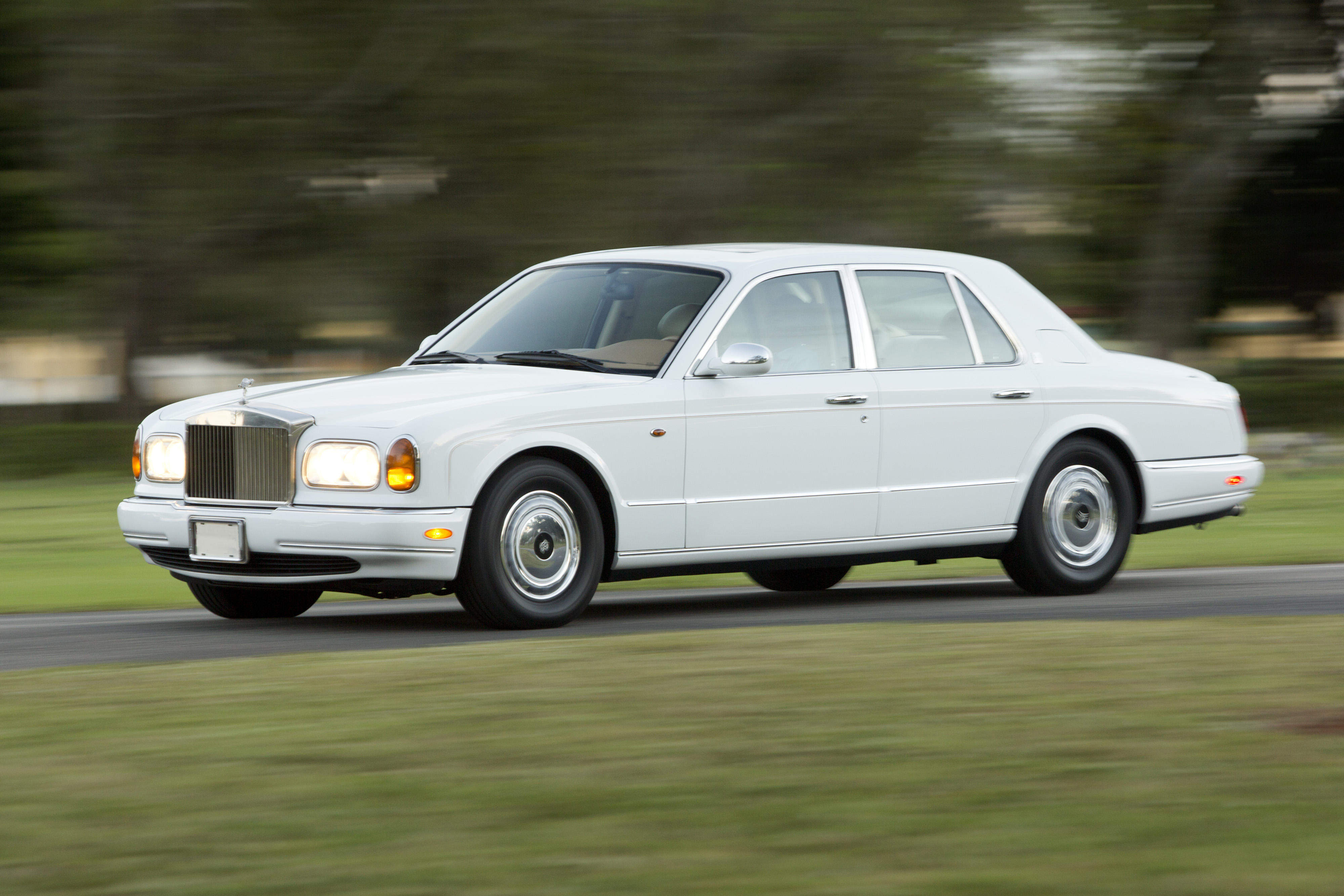
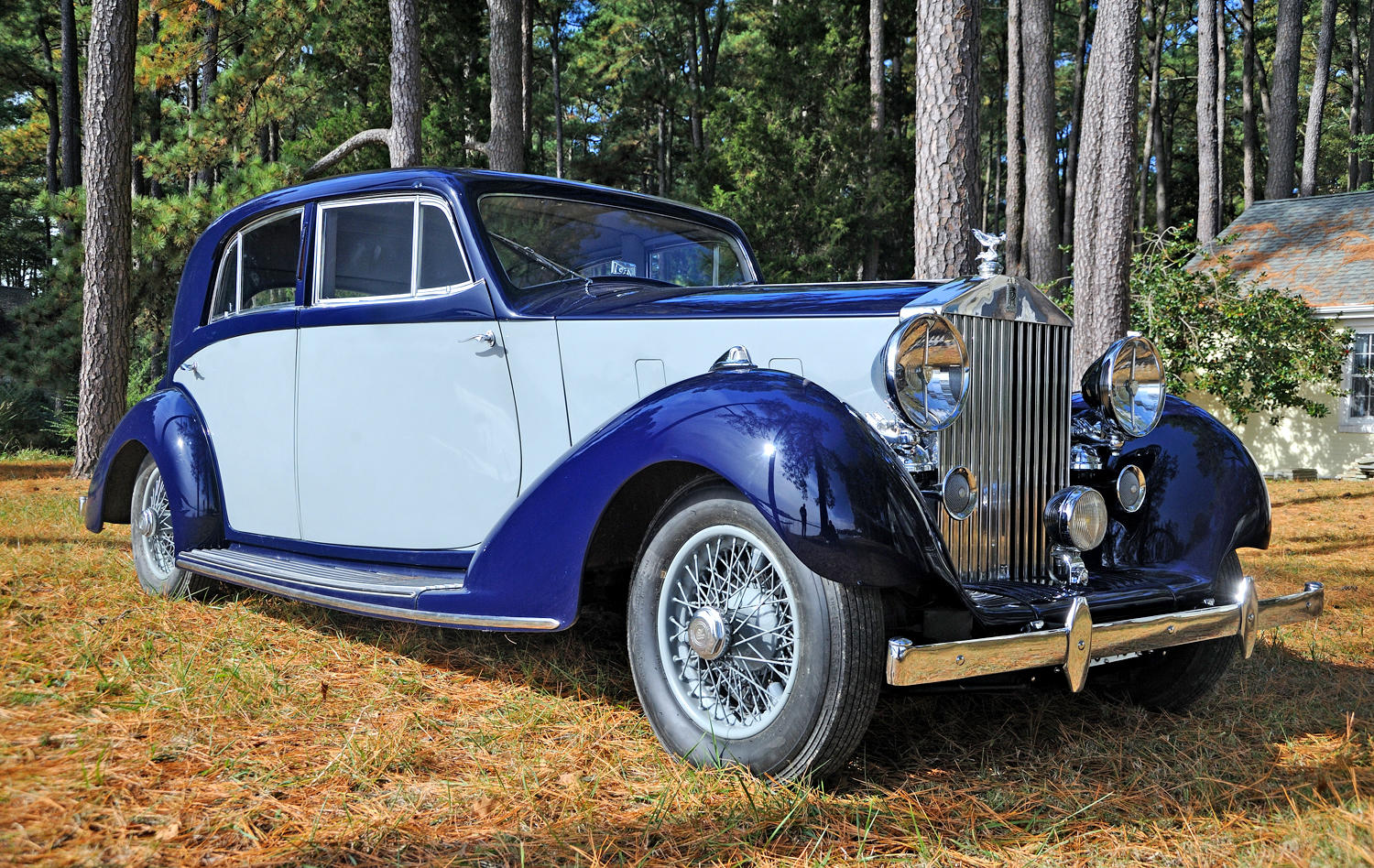
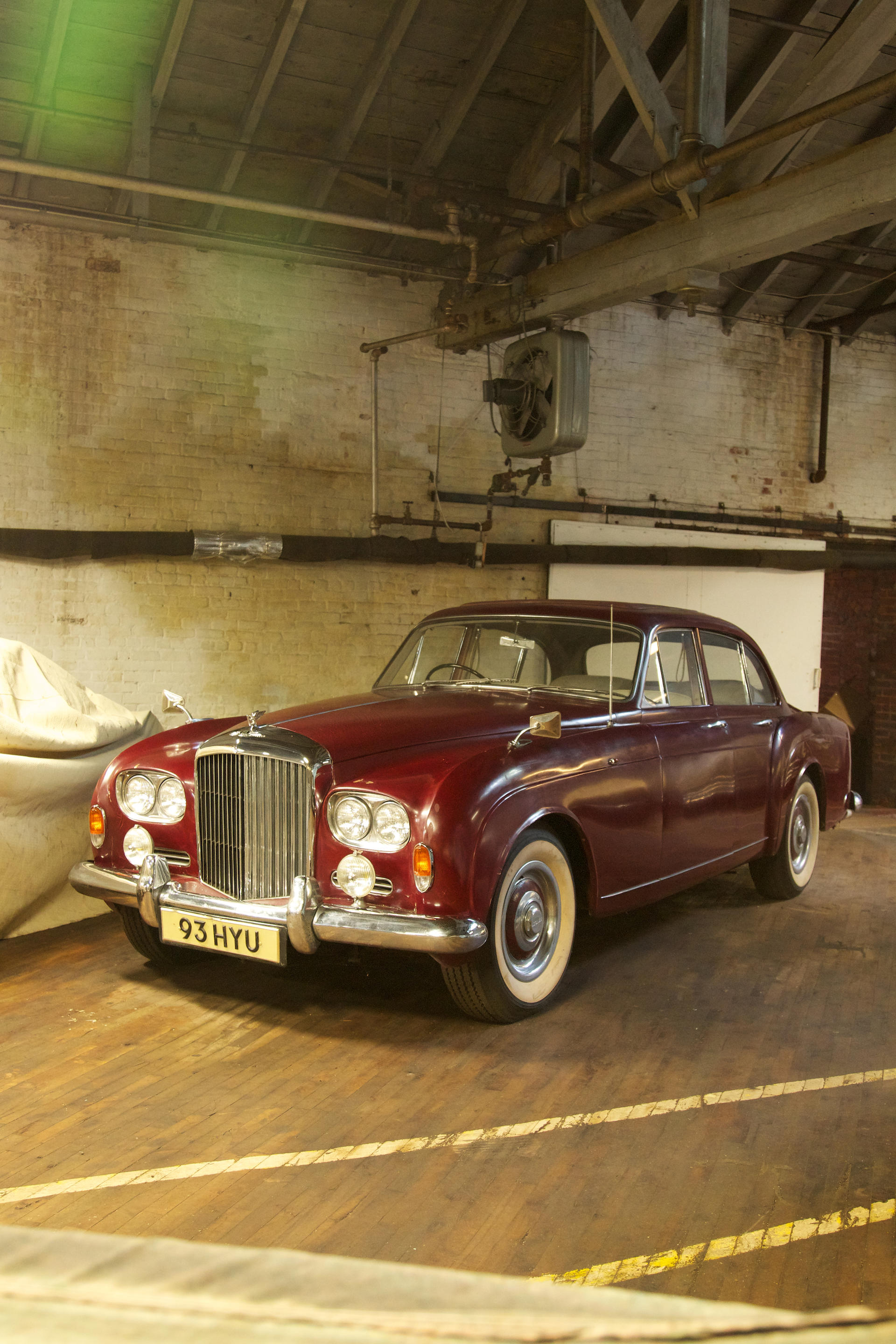
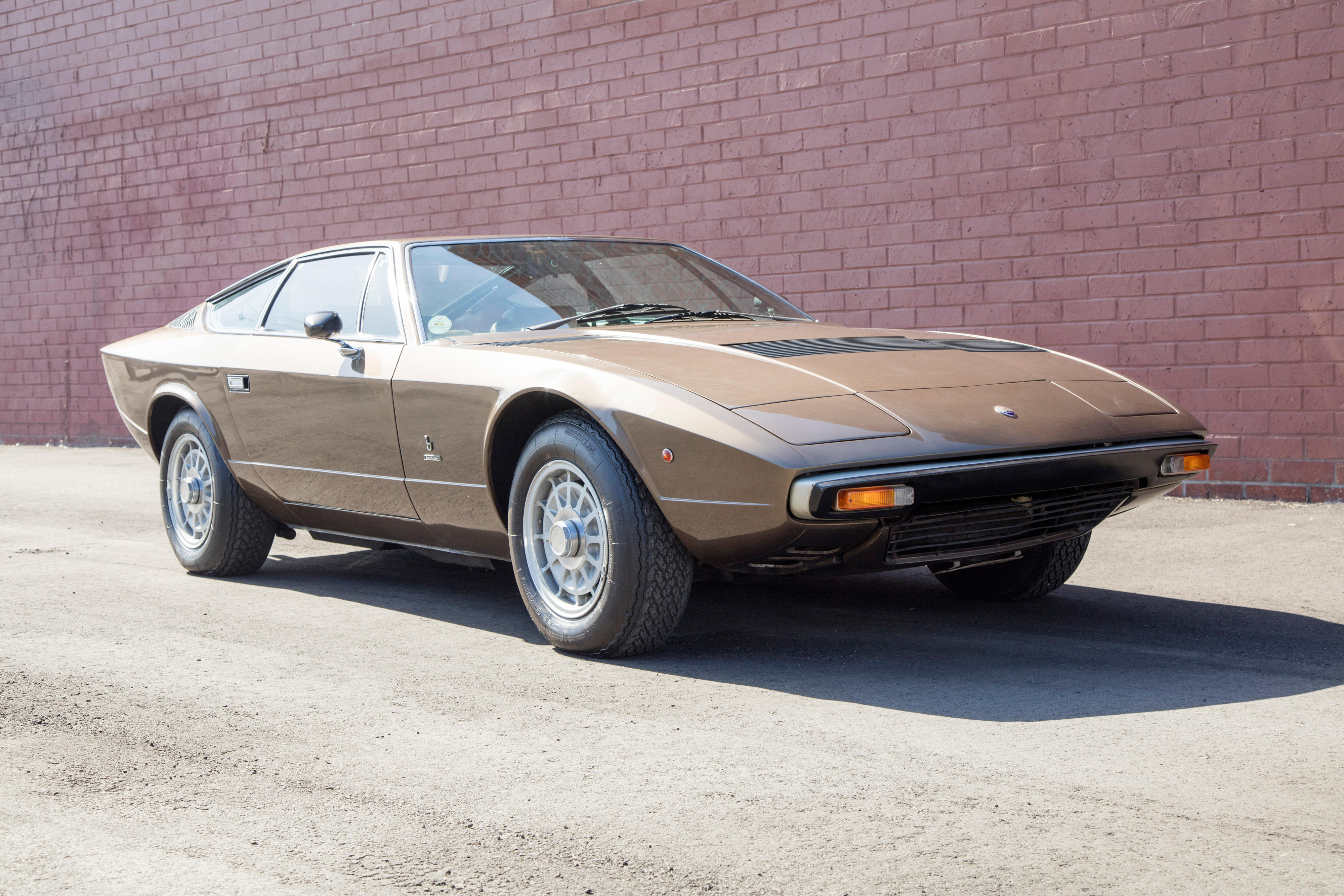
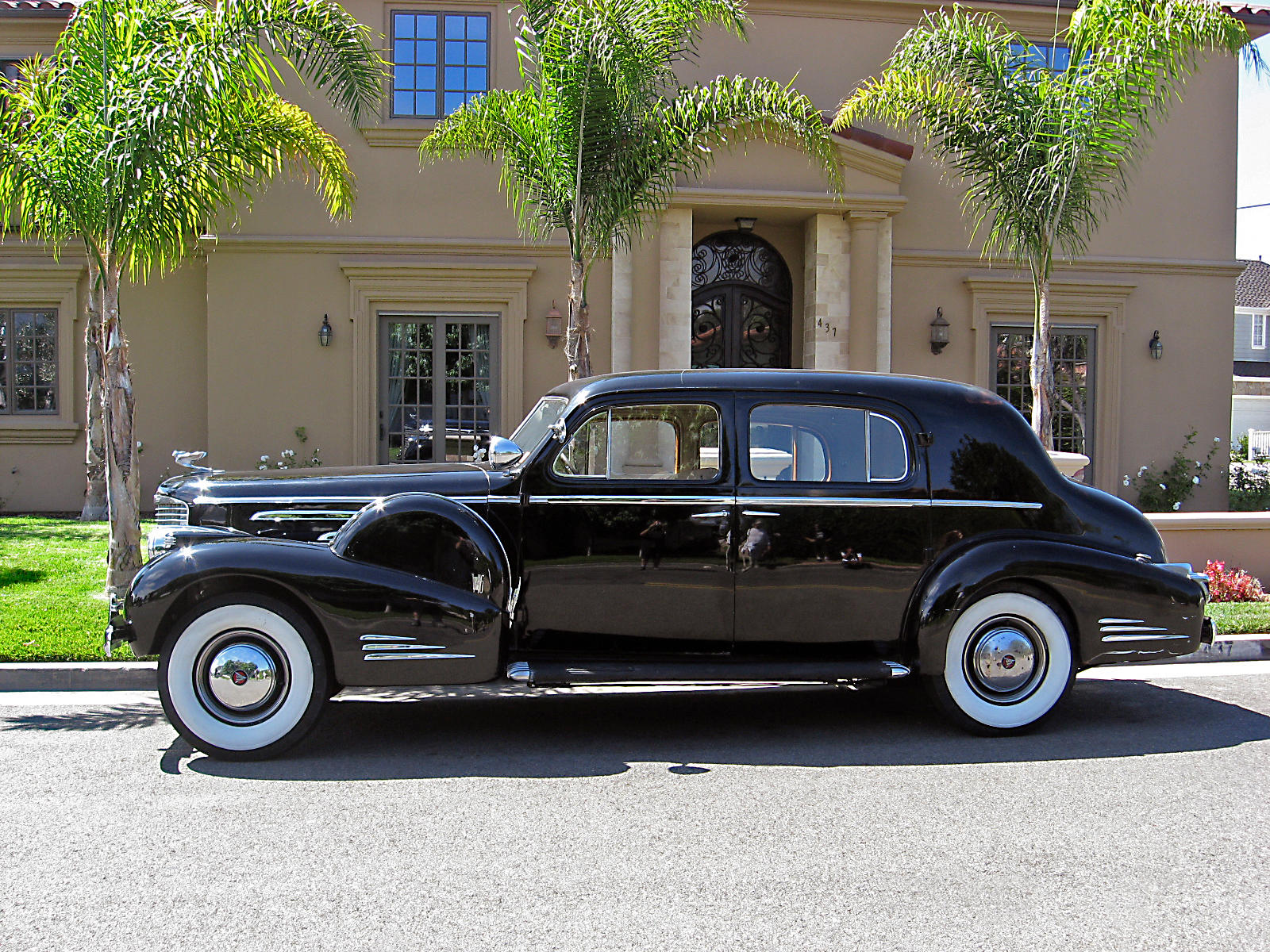
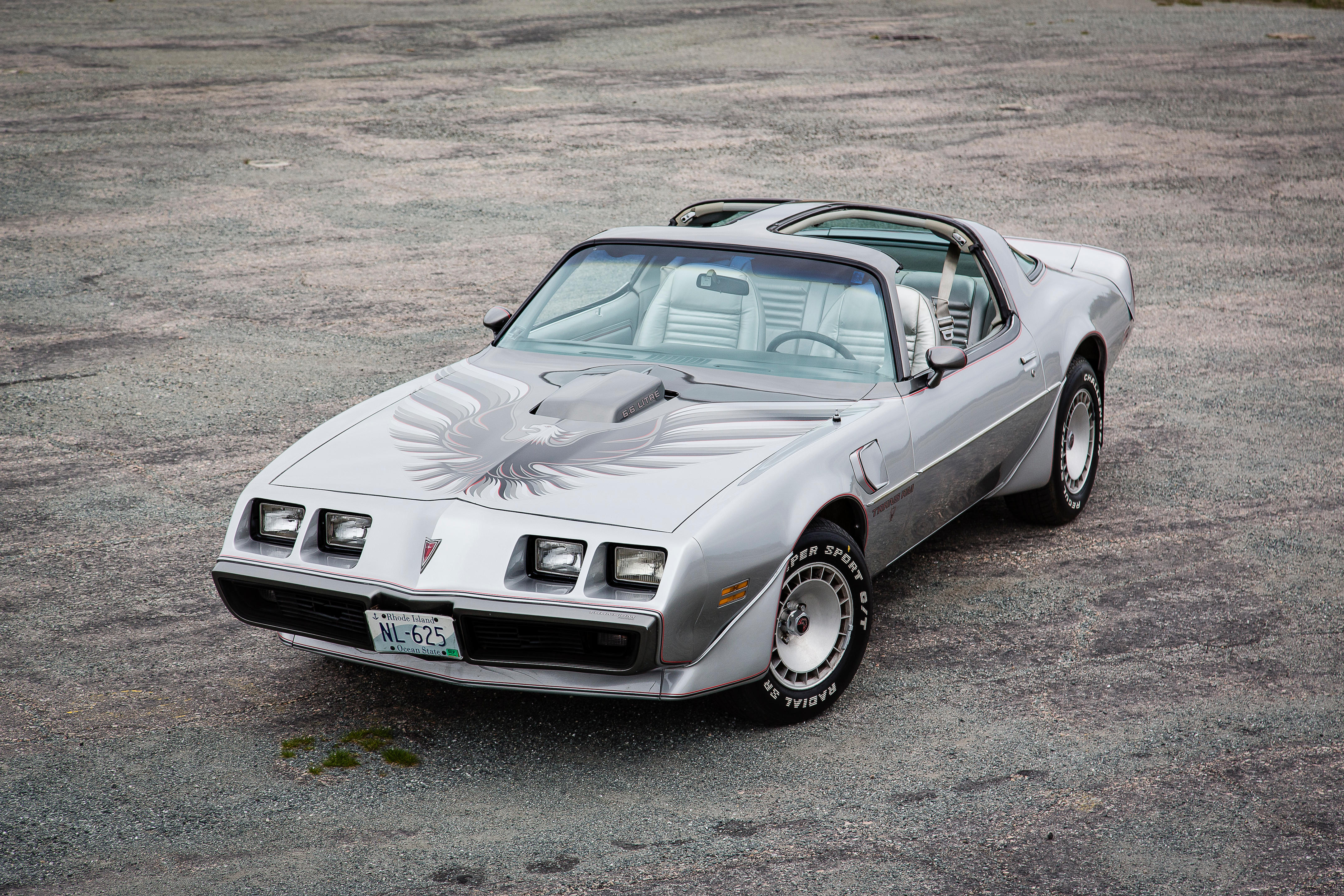
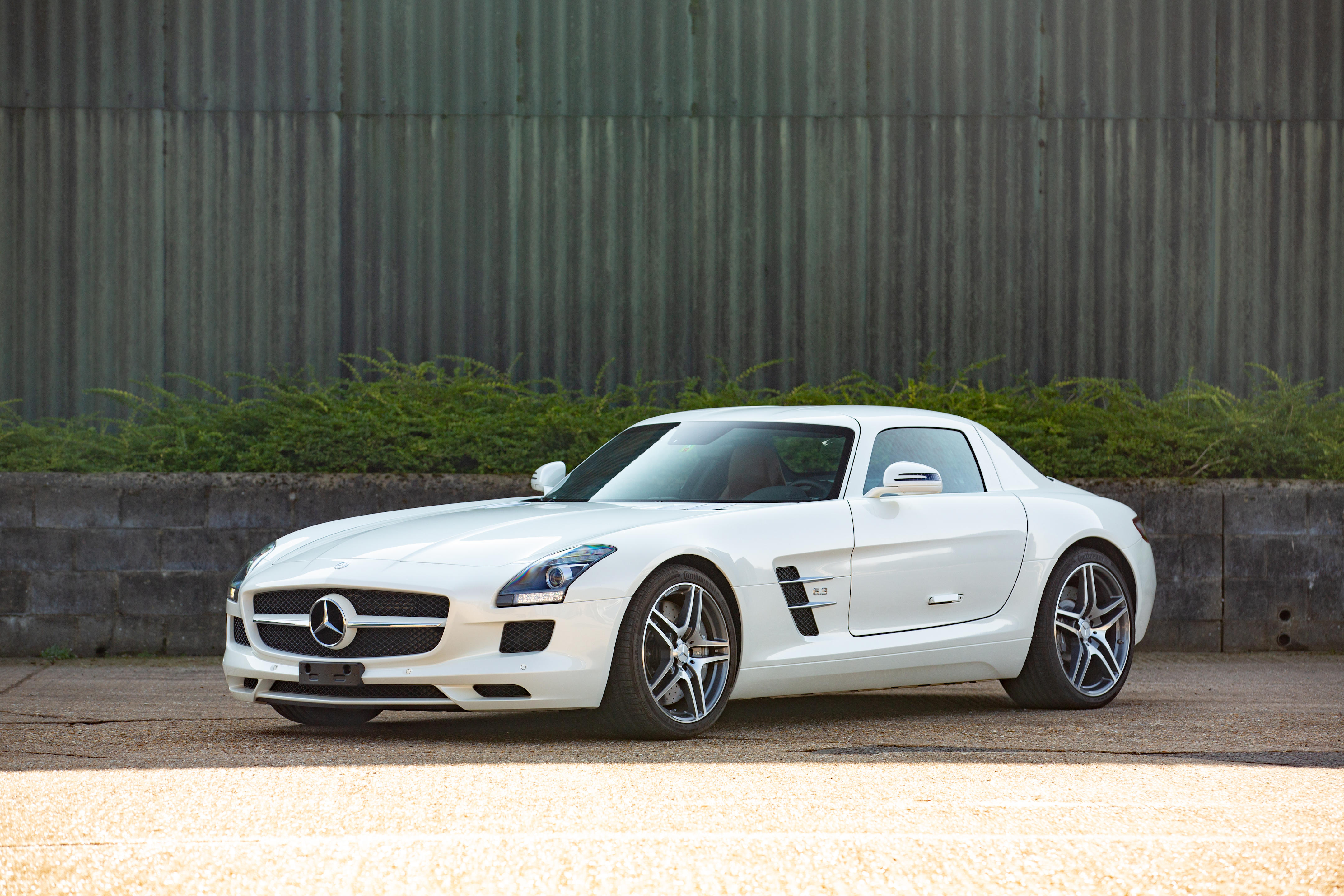
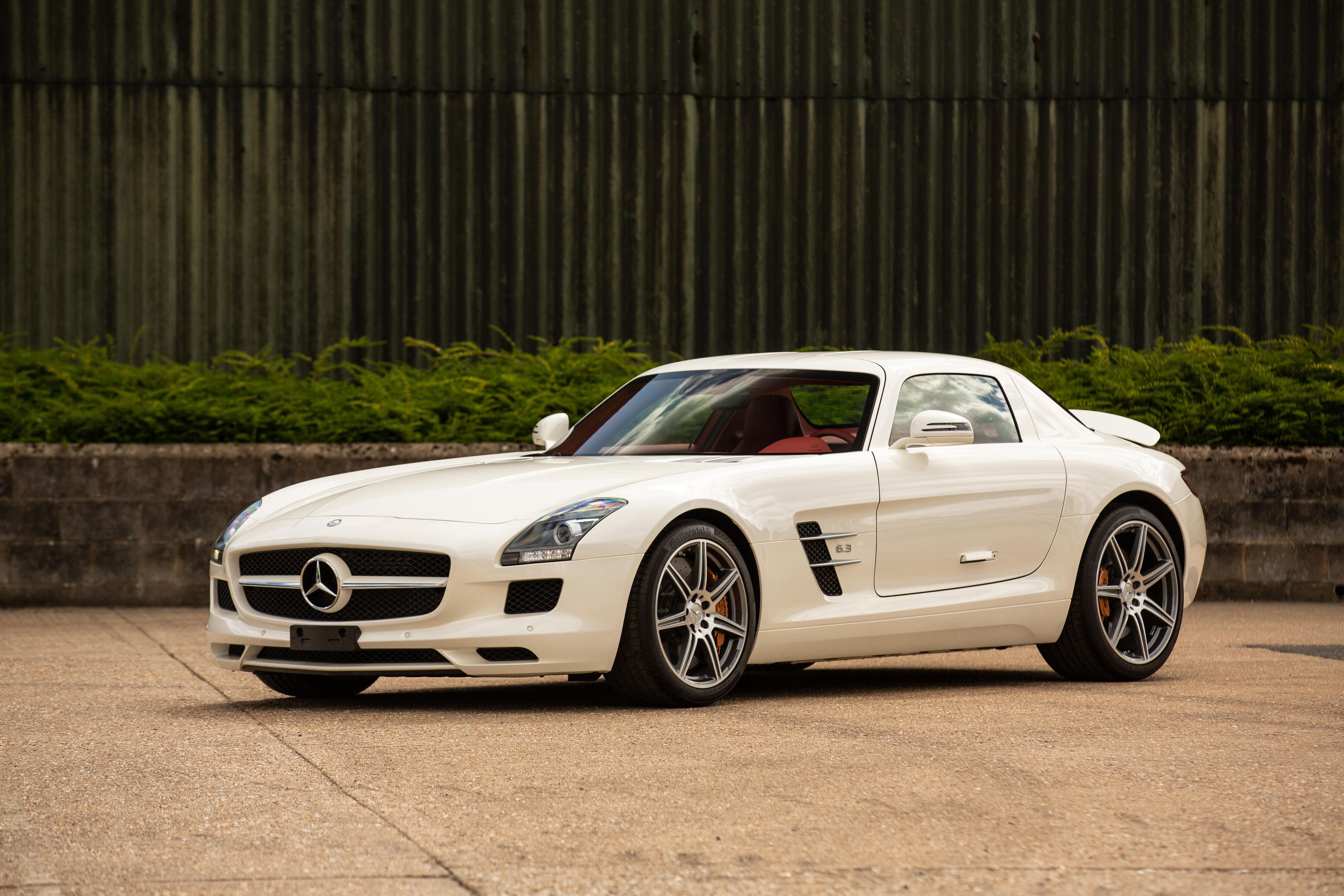
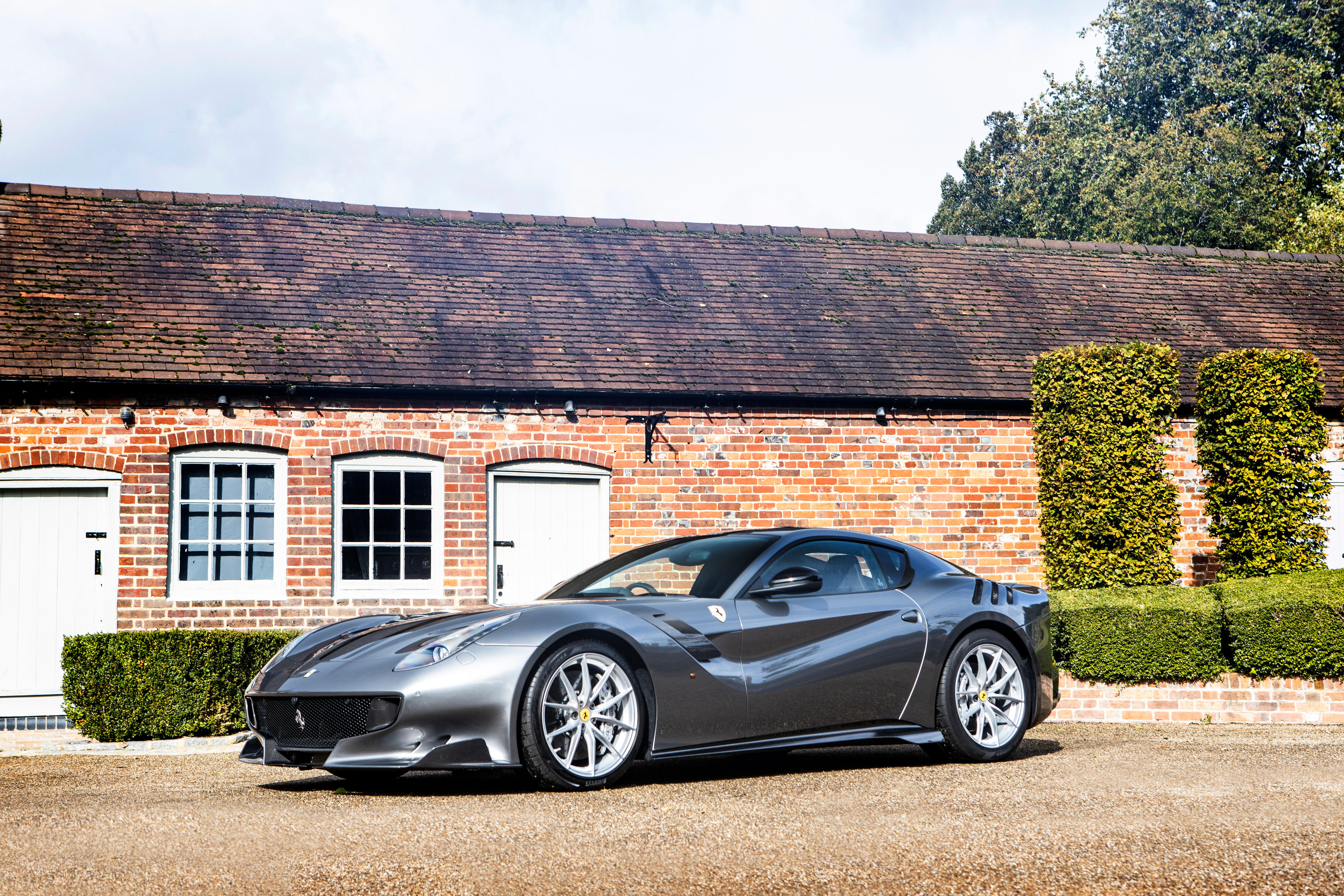
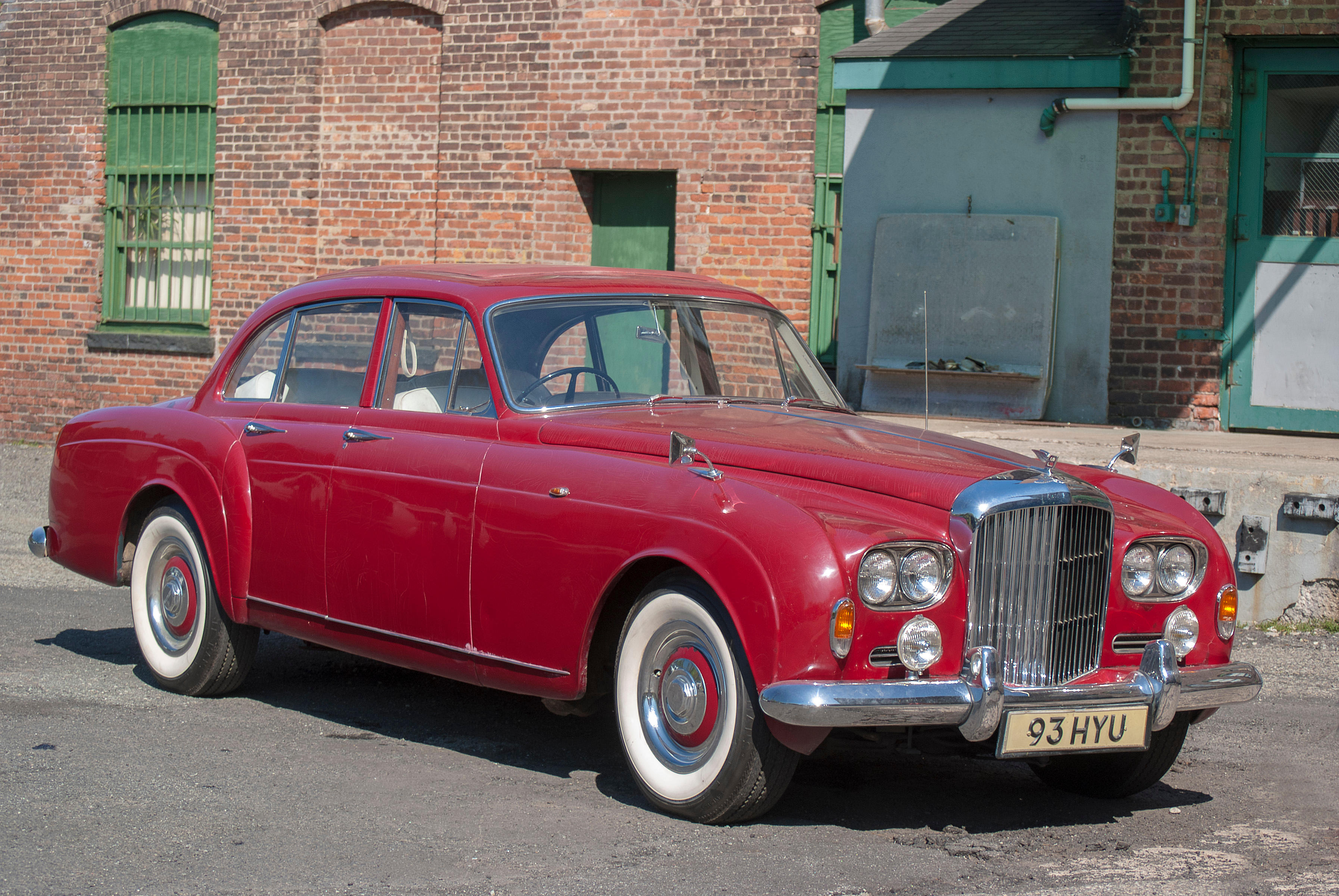
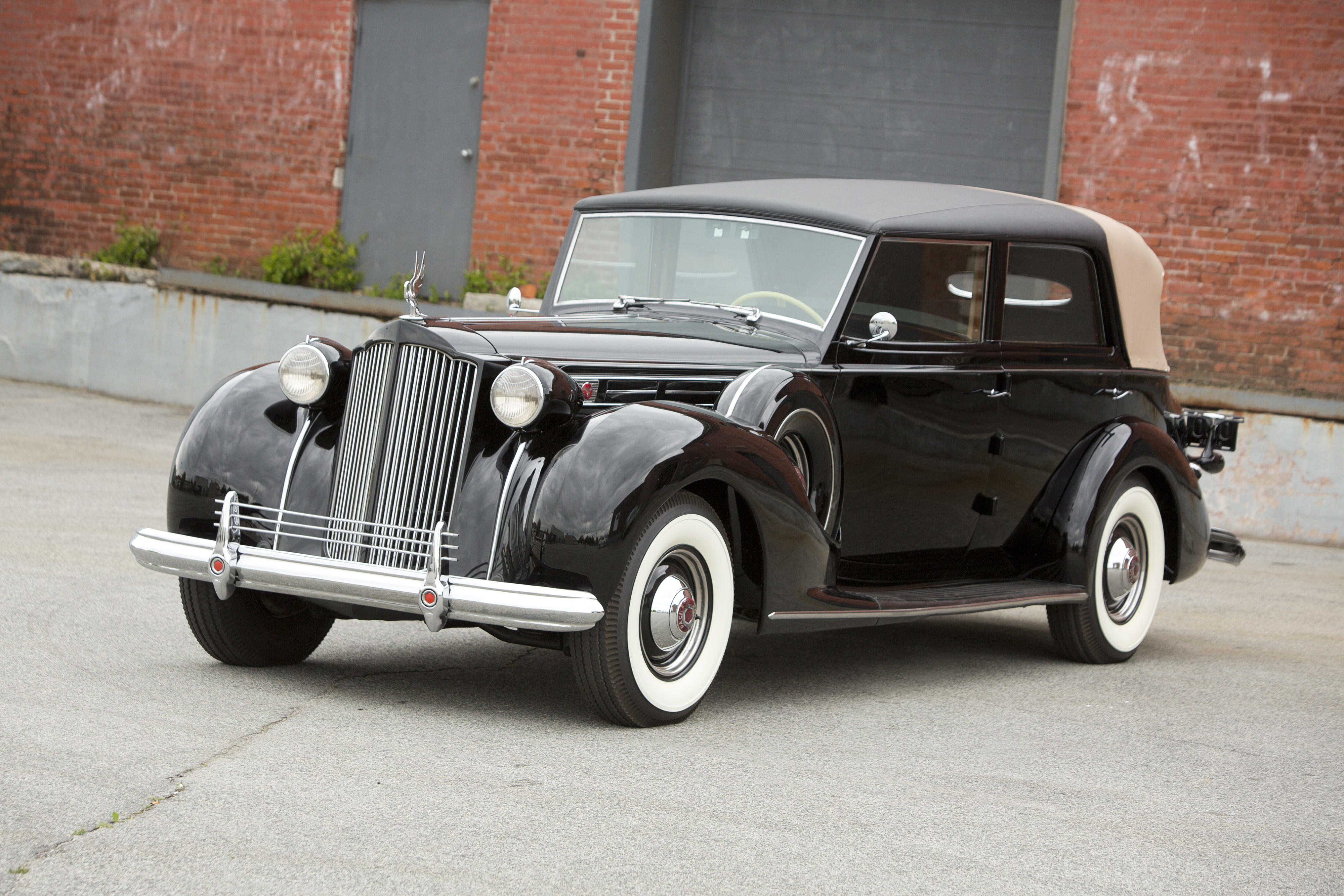
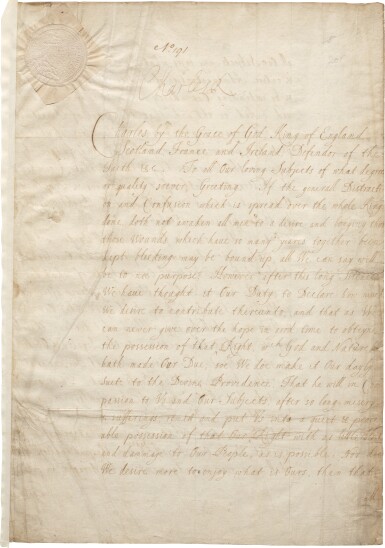
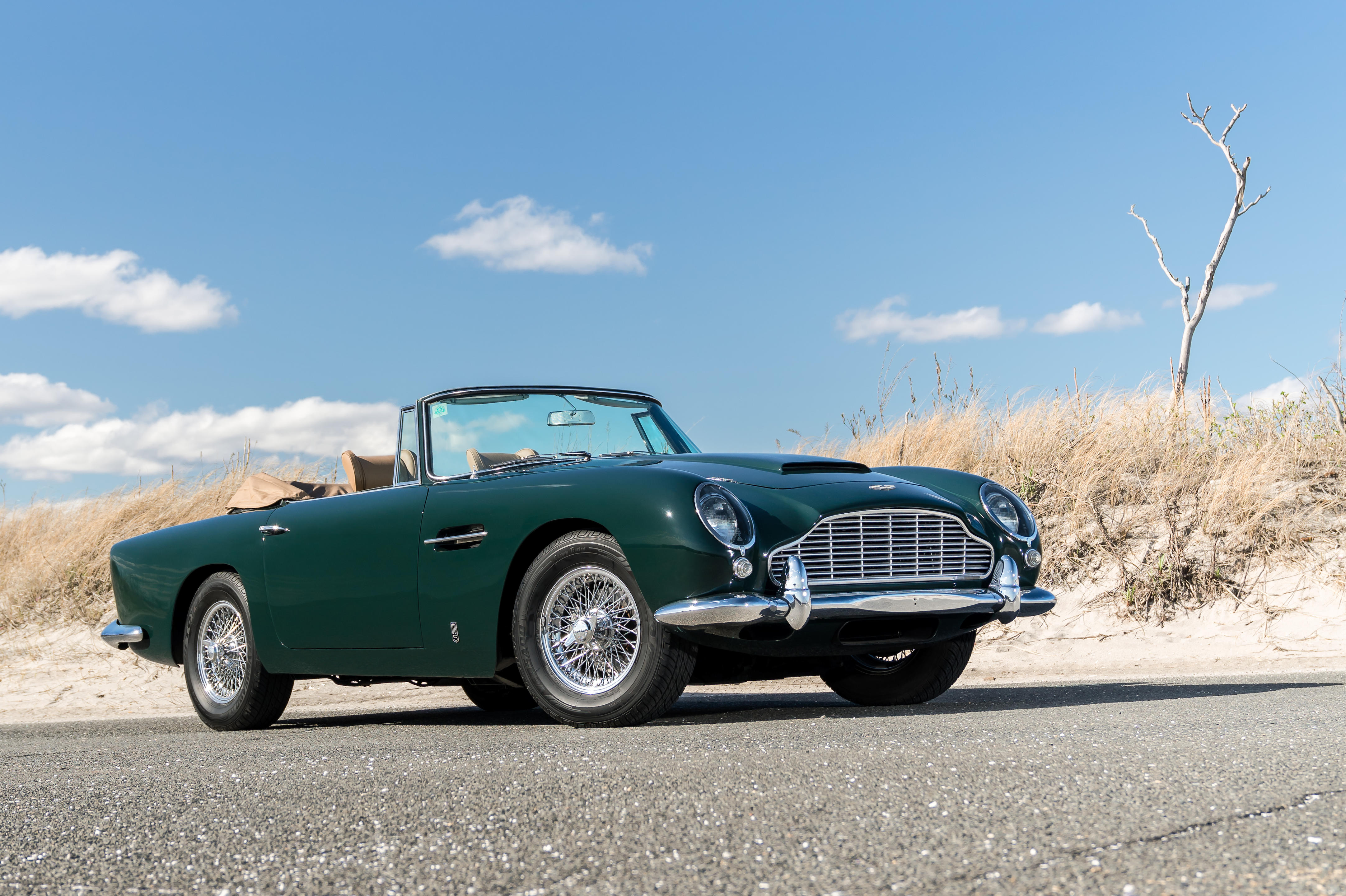
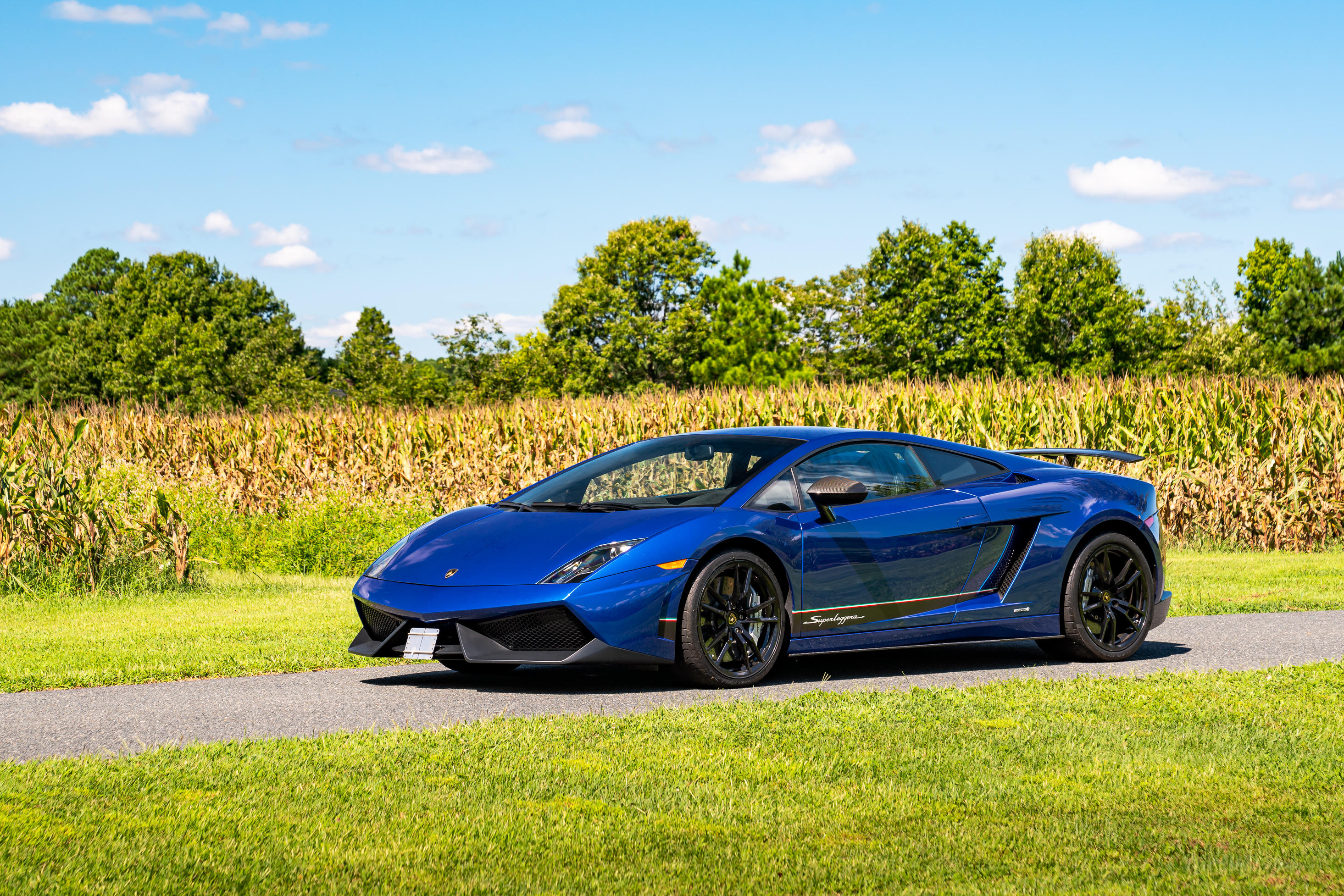

Try LotSearch and its premium features for 7 days - without any costs!
Be notified automatically about new items in upcoming auctions.
Create an alert